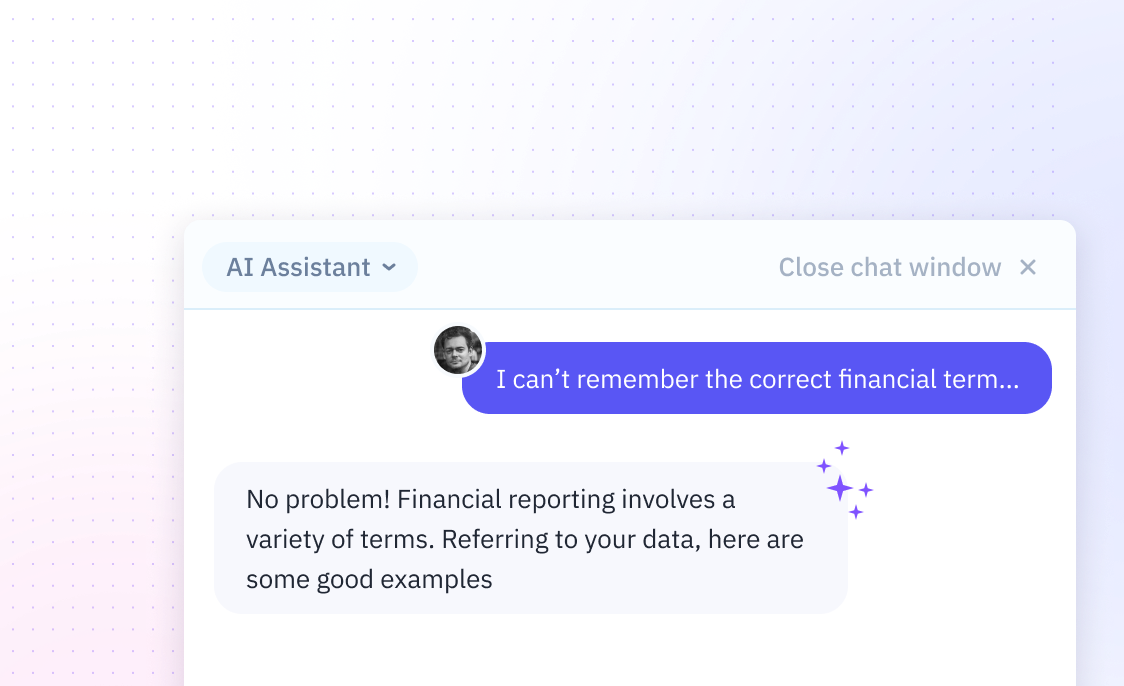
How To Deidentify Data In Excel
Introduction
Deidentifying data is a critical process for protecting personal information in Excel spreadsheets. It involves removing or altering identifiers that can link data to an individual.
While Excel requires manual configuration of functions and features, which can be tedious and error-prone, modern AI-powered solutions offer simpler alternatives.
This guide will show you how to deidentify data in Excel, and demonstrate how Sourcetable's AI chatbot can automate this process - just describe what you need and let the AI handle your data analysis. Try Sourcetable now to transform how you work with spreadsheets.
How to Deidentify Data in Excel
Basic Deidentification Steps
Start by removing direct identifiers from your Excel workbook. Replace essential numerical values with truncated or range values. Convert specific text variables into codes or broader categories that maintain analytical utility. Remove or recode dates, especially those that could link to public records.
Randomizing Subject IDs
Insert a new column in your spreadsheet. Enter =RAND() in the first row and copy the formula down. Sort rows by the random number column. Create new sequential numbered variables in a new column for sharing the data.
Geographic Data Protection
Remove or recode geographic variables, as location poses significant identification risks. Retain only the geographic specificity needed for analysis. More specific location data requires more careful handling.
Document Inspection
Use Excel's Document Inspector to remove hidden personal information. Save a copy of your workbook. Select File > Info > Check for Issues > Inspect Document. Check boxes for content types to inspect, then select Remove All for identified personal information.
Advanced Techniques
Replace names with anonymous identifiers like 4-digit numbers, maintaining consistent identifiers across entries. Mask or randomize values instead of removing them when possible. Re-sort and renumber records from external sources. Consider using AI tools like Bricks for automated deidentification.
Best Practices
Focus on removing variables that could link to external datasets. Address indirect identifiers through masking or randomization. Create new randomized IDs when sharing datasets. Ensure all modifications maintain necessary analytical utility.
Use Cases for Data Deidentification in Excel
Public Dataset Sharing
Organizations can safely share their datasets with the public by removing personally identifiable information. This enables open data initiatives while protecting individual privacy and maintaining compliance with data protection laws.
External Analysis and Research
When collaborating with external analysts or researchers, sensitive data can be deidentified while preserving the analytical value. This allows organizations to gain valuable insights from third-party experts without compromising confidentiality.
Regulatory Compliance in Data Sharing
Companies can meet their legal obligations under privacy regulations like GDPR and HIPAA when sharing data externally. Proper deidentification ensures compliance while enabling necessary business operations.
Unbiased Peer Review Process
Academic institutions and research organizations can facilitate fair peer reviews by removing identifying information from datasets. This eliminates potential bias and ensures objective evaluation of research findings.
Proactive Data Security
Organizations can minimize the impact of potential data breaches by systematically removing sensitive information from their Excel files. This preventive measure reduces the risk of exposing personal or confidential information if unauthorized access occurs.
Excel vs. Sourcetable: The Future of Spreadsheets
While Excel has been the traditional spreadsheet tool for decades, Sourcetable represents the next evolution in data analysis. Sourcetable transforms the spreadsheet experience by replacing complex functions and manual processes with a powerful AI chatbot that understands natural language. Sign up at Sourcetable to experience how AI can answer any spreadsheet question.
Natural Language Interface
Excel requires users to learn complex functions and formulas. Sourcetable lets you simply chat with AI to create spreadsheets, analyze data, and generate visualizations.
Data Processing Capabilities
While Excel struggles with large files, Sourcetable handles files of any size and connects directly to databases. The AI processes and analyzes your data instantly through simple conversation.
Visualization and Analysis
Instead of manually creating charts in Excel, Sourcetable's AI transforms your data into stunning visualizations based on your verbal requests.
Sample Data Generation
Sourcetable can generate sample datasets instantly through AI chat, eliminating the need for manual data entry or template creation common in Excel.
Frequently Asked Questions
What is the recommended method to replace names with anonymous identifiers in Excel?
Use a 4 digit number as an anonymous identifier, ensuring the same number is used consistently for individuals with multiple transactions. You can use VLOOKUP to systematically replace names with their corresponding anonymous identifiers.
How can I randomize data in Excel for deidentification?
Use the RAND() function to create random numbers, then sort the rows by these random numbers to randomize the data. After sorting, create new sequential numbered variables in a new column for sharing.
What are the essential Excel tools needed for data anonymization?
The essential Excel tools for data anonymization are Remove Duplicates, VLOOKUP, and Paste Special Values.
Conclusion
Deidentifying data in Excel requires careful attention to detail and multiple manual steps. The process can be time-consuming and prone to errors if not executed properly.
Modern solutions like Sourcetable eliminate these challenges. Its AI chatbot can guide you through data deidentification instantly, ensuring compliance and accuracy.
Start protecting sensitive data more efficiently by trying Sourcetable today.






